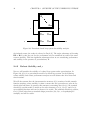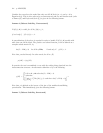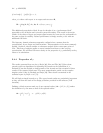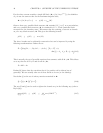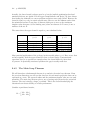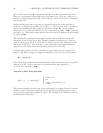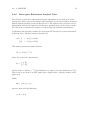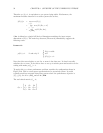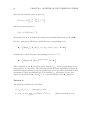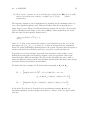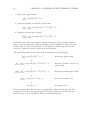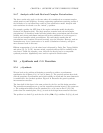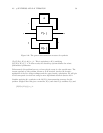52 CHAPTER 2. OVERVIEW OF THE UNDERLYING THEORY
Therefore µ
1
(A) < 1 is equivalent to our system being stable. Furthermore, the
maximum modulus theorem for a stable system tells us that,
P(z)
∞
=sup
|z|≥1
σ
max
(P(z))
=sup
|z
−1
|≤1
σ
max
(F
u
(P
ss
,z
−1
I)
=sup
∆
1
∈B∆
1
µ
2
(F
u
(P
ss
, ∆
1
),
if ∆
2
is defined as a single full block of dimensions matching the input-output
dimensions of P(z). The main loop theorem (Theorem 9) immediately suggests the
following result.
Lemma 10
µ(P
ss
) < 1 if and only if
P(z) is stable
and
P(z)
∞
< 1.
Note that this tests whether or not the ∞ norm is less than one. It doesn’t actually
calculate the ∞ norm. To do this we have to set up a scaled system and search over the
scaling with makes µ(P
ss
)=1.
To apply this to a robust performance problem, consider the configuration shown in
Figure 2.10. This is a state-space representation of a perturbed system. It would
typically model an uncertain closed-loop system where the performance objective is
e≤w, for all w ∈ BL
2
and all ∆ ∈ B∆.
The real-valued matrix, G
ss
,is,
G
ss
=
AB
1
B
2
C
1
D
11
D
12
C
2
D
21
D
22
.



